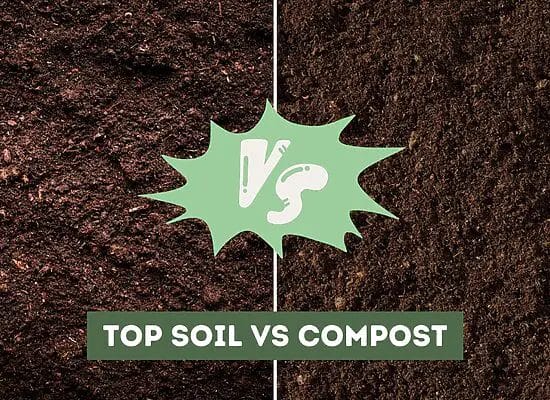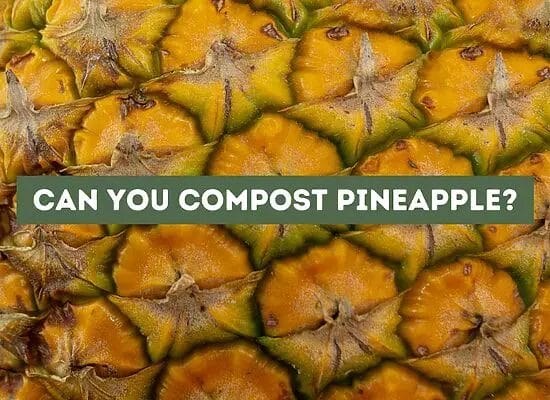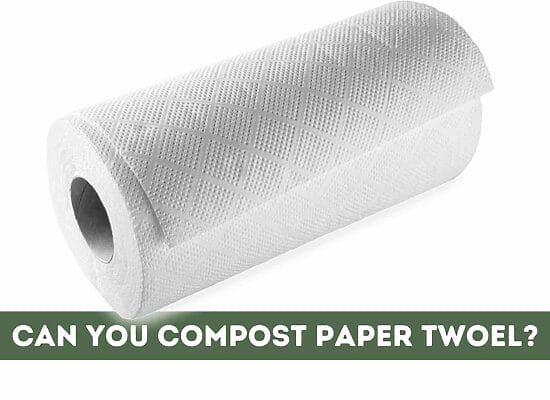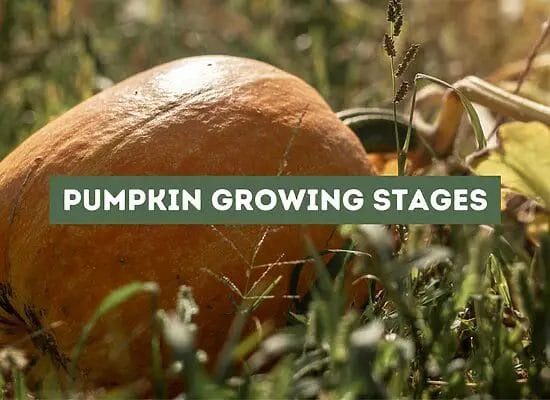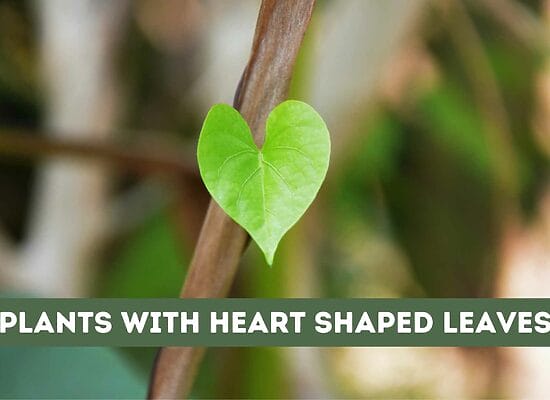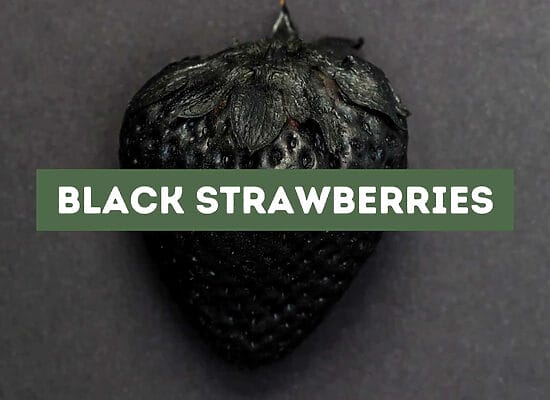
Transplanting cucumbers can be a crucial step in ensuring a bountiful harvest. Whether you’re growing cucumbers for pickling or eating fresh, transplanting seedlings can help your plants thrive. However, it’s important to know when and how to transplant your cucumber seedlings to give them the best chance of success.
The ideal time to transplant cucumber seedlings is when all danger of frost has passed, and the soil temperature has warmed above 60°F (15.5°C). This typically occurs in late spring or early summer, depending on your location. Transplanting too early can stunt the growth of the cucumber plants or even kill them. Additionally, it’s important to ensure that your seedlings are old enough and have a well-developed root system before transplanting.
Key takeaways:
- Timing for Transplanting: Transplant cucumber seedlings after the danger of frost has passed and the soil temperature reaches above 60°F (15.5°C) to avoid stunting growth or killing the plants. Consider your location’s spring or summer timeframe.
- Seed Selection: Choose high-quality cucumber seeds suitable for your growing conditions. Factors such as disease resistance, yield potential, and flavor should be considered for successful transplantation.
- Soil Preparation: Provide loose, well-draining soil rich in organic matter for optimal cucumber growth. Till the soil, remove debris, and add a 2-inch layer of compost or well-rotted manure to enhance the soil quality.
- Container Choice: Opt for containers with drainage holes if transplanting into pots. Peat pots and small plastic pots work well. Raised beds are also a good option for proper drainage and aeration.
- Seedling Care: Germinate cucumber seeds either in moist paper towels or soil. Once germinated, water seedlings carefully, ensuring the soil doesn’t get waterlogged. They need at least 6 hours of direct sunlight each day and should be protected from cold temperatures.
- Transplanting Process: Harden off cucumber seedlings before transplanting by gradually exposing them to outdoor conditions. Choose a location with good drainage and sunlight for transplanting, being mindful of root systems. Consider protective measures like shade cloth initially.
- Post-Transplant Care: Monitor plant growth and address any signs of wilting or disease. Prevent pests like cucumber beetles and squash bugs using mulch and organic pesticides. Fertilize every two weeks with a balanced fertilizer for optimal growth.
Preparation for Transplanting
Before transplanting your cucumber seedlings, there are a few key steps you should take to ensure their success. In this section, we’ll cover seed selection, preparing the soil, and choosing the right containers.
Seed Selection
Choosing the right seeds is crucial for a successful transplant. Look for high-quality cucumber seeds that are well-suited to your growing conditions. Consider factors such as disease resistance, yield potential, and flavor.
Preparing the Soil
Preparing the soil is another important step in the transplanting process. Cucumbers thrive in loose, well-draining soil that is rich in organic matter. Start by tilling the soil to a depth of 8-10 inches (20-25 cm) and removing any rocks or debris. Then, add a 2-inch (5 cm) layer of compost or well-rotted manure to the soil and mix it in thoroughly.
Choosing the Right Containers
If you’re transplanting your cucumbers into containers, it’s important to choose the right ones. Peat pots and small plastic pots are both good options, but make sure they have drainage holes to prevent waterlogging. Alternatively, you can transplant your cucumbers into raised beds, which offer excellent drainage and soil aeration.
Remember to check the soil temperature before transplanting your cucumber seedlings. They need a minimum soil temperature of 65°F (18.3°C) to thrive, so wait until after your last frost date to transplant them outdoors. Finally, be sure to water your seedlings well before and after transplanting to help them adjust to their new environment.
Growing and Caring for Seedlings
Germinating Seeds
To start growing cucumber seedlings, you need to first germinate the seeds. You can do this by placing the seeds in a moist paper towel or directly in the soil. Keep the soil moist but not waterlogged. Cucumber seeds should germinate within 7-10 days.
Caring for Seedlings
Once the seeds have germinated, you need to care for the seedlings properly to ensure their growth and success when transplanting. Here are some tips for caring for your cucumber seedlings:
- Watering: Water your seedlings regularly, but make sure not to overwater them. Allow the soil to dry out slightly between waterings.
- Sunlight: Cucumber seedlings need plenty of sunlight to grow. Make sure they are getting at least 6 hours of direct sunlight each day.
- Shade: If you live in a hot climate, your seedlings may benefit from some shade during the hottest part of the day.
- Weather: Cucumber seedlings are sensitive to cold temperatures, so make sure to keep them in a warm, protected area until it’s time to transplant them.
- Greenhouse: If you have a greenhouse, this is an ideal place to grow cucumber seedlings, as it provides a controlled environment with plenty of sunlight and protection from the elements.
- Leggy: If your seedlings become tall and leggy, this is a sign that they are not getting enough sunlight. Move them to a sunnier location or provide supplemental light.
- True leaves: Once your seedlings have developed their true leaves, you can start fertilizing them with a balanced fertilizer.
The Transplanting Process
Transplanting cucumbers is a delicate process that requires careful attention to ensure the survival and growth of your plants. In this section, you will learn about the two main steps in the transplanting process: hardening off and transplanting outdoors.
Hardening Off
Before transplanting your cucumber seedlings outdoors, it is essential to harden them off. Hardening off is the process of gradually acclimating your plants to outdoor conditions, such as wind, sunlight, and temperature changes. This process helps prevent transplant shock, which can occur when plants are suddenly exposed to new and stressful conditions.
To harden off your cucumber seedlings, follow these steps:
- Start by placing your seedlings outside in a shady, protected area for a few hours each day.
- Gradually increase the time they spend outside, as well as the amount of sunlight they receive each day.
- If the weather is cloudy or cooler, leave them outside for longer periods.
- After a week or two, your seedlings should be ready to transplant outdoors.
Transplanting Outdoors
When transplanting your cucumber seedlings outdoors, it is important to handle them carefully to avoid damaging their root systems. Here are some tips for a successful transplant:
- Choose a location with good drainage and ample sunlight..
- Dig a hole slightly bigger than the root ball of your seedling.
- Make sure to plant your seedlings at the same depth they were in their previous container.
- Gently remove your seedling from its container, being careful not to disturb the roots.
- Place your seedling in the hole and fill in the soil around it, pressing it down firmly.
- Water your seedling thoroughly, making sure the soil is moist but not waterlogged.
- To reduce stress on your seedling, consider using a shade cloth or other protective covering for the first few days after transplanting.
Post-Transplant Care
Congratulations on successfully transplanting your cucumber seedlings! However, your job is not done yet. Post-transplant care is crucial for the survival and growth of your cucumber plants. In this section, we will discuss the necessary steps to take care of your newly transplanted cucumber seedlings.
Monitoring Growth
After transplanting, it is crucial to monitor the growth of your cucumber plants. Check for any signs of wilting leaves or dying plants. If you notice any, it could be a sign of inadequate watering or nutrient deficiency. Ensure that your plants have ample space to grow by spacing them appropriately.
Dealing with Pests and Diseases
Cucumber beetles and squash bugs are common pests that can damage your cucumber plants. To prevent these pests, use plastic or straw mulch around the plants. This will help to prevent the beetles from laying eggs in the soil. Additionally, you can use wood chips or grass clippings to deter pests and retain moisture in the soil.
Bacterial wilt is a common disease that can affect cucumber plants. To prevent bacterial wilt, avoid planting your cucumbers near other plants in the same family, such as melons or squash. Additionally, ensure that your plants have adequate drainage to prevent waterlogging, which can lead to fungal diseases.
Regularly check your plants for any signs of pests or diseases. If you notice any, take immediate action to prevent the spread of the problem. You can use organic pesticides or insecticidal soap to control pests. For fungal diseases, use a copper-based fungicide.
Attention: To ensure the health and growth of your cucumber plants, fertilize them every two weeks with a balanced fertilizer. This will provide the necessary nutrients for your plants to thrive.
FAQ: Transplanting Cucumbers
What is the best way to trellis cucumbers?
Trellising is an excellent way to support your cucumber plants’ growth and keep them off the ground, which can reduce the risk of pests and diseases. The best way to trellis cucumbers is to use a sturdy structure that can hold the weight of the plants and their fruits. You can use a trellis netting, stakes, or a wire cage to support the plants. It’s important to train the vines to grow up the trellis as they can quickly become entangled and difficult to manage if left to grow on their own.
Is it possible to transplant a mature cucumber plant?
Transplanting mature cucumber plants can be challenging and may result in transplant shock, which can stunt their growth or even kill them. It’s best to transplant cucumber plants when they are still young and have not yet developed a large root system. However, if you must transplant a mature cucumber plant, be sure to take as much of the root ball as possible and water it well after transplanting to help it recover.
How can I transplant large cucumber plants successfully?
Transplanting large cucumber plants can be difficult, but it’s not impossible. The key is to be gentle when removing the plant from its original container or the ground and to keep as much of the root system intact as possible. It’s also essential to water the plant well before and after transplanting to help it recover from any transplant shock.
Can I transplant cucumber seedlings deeper than they were before?
It’s not recommended to transplant cucumber seedlings deeper than they were before because it can damage the stem and roots, leading to transplant shock and stunted growth. It’s best to transplant seedlings at the same depth they were growing before and to water them well after transplanting to help them adjust to their new environment.
Is it okay to separate cucumber seedlings when transplanting them?
Separating cucumber seedlings when transplanting is possible, but it can be tricky. It’s best to separate them carefully and try to keep as much of the soil around the roots as possible. It’s also essential to water the seedlings well after transplanting to help them recover from any transplant shock.


